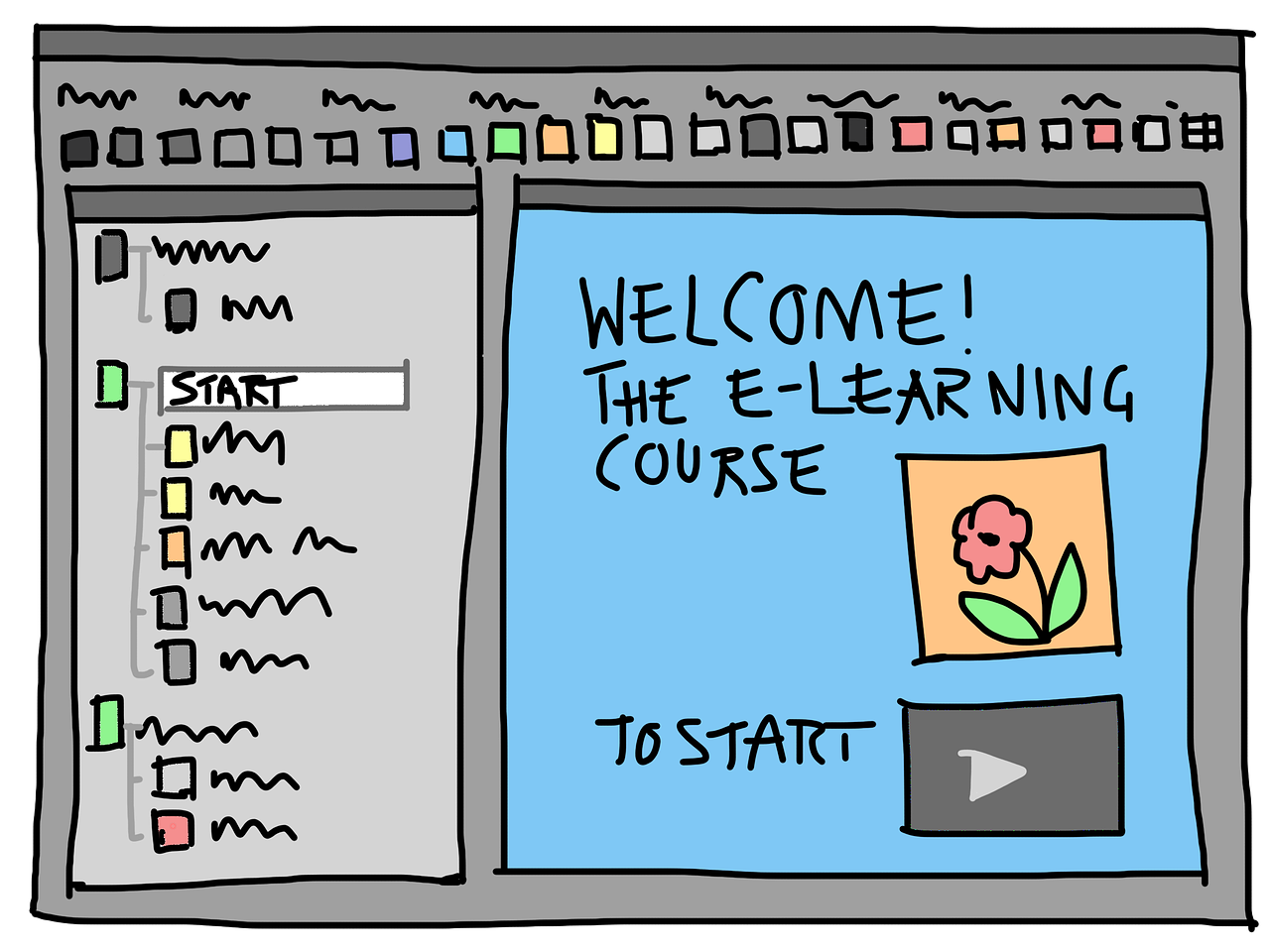
According to Statista, by 2026, the world eLearning market will reach around $400 billion. So, LMS is more than just a fancy trend. LMS platforms have already established their foothold in the industry and markets worldwide. While learning platforms help run online training, you cannot do it properly without LMS reporting features. Thanks to those, you can track the key performance metrics and indicators. Today, we discuss what LMS reports are the essential ones and guide you through how to translate them into your company's success.
What is LMS Reporting for?
Learning management system reports exist to help you conveniently collect large masses of data for further analysis. In simple terms, LMS reporting tools are your eyes and ears on the learning process. As stated before, you also get all the needed data to run a comprehensive analysis and get an idea of how you can improve the learning experience and results. All this is aimed to give you a clear picture of how your efforts translate into the results.
Key Indicators for Enhancing Educational Outcomes
1. Learner Progress
This indicator covers the progress of every individual learner. For example, modern advanced LMS hospitality software offers full-scale learner cards, where you can see their progress, personal information, location, which learning courses they have access to, which they started, have in progress, completed, abandoned, and overdue. Also, you can see their grades, positions, and other important information. You can also find here filters to help you sort the learners to see the general statistics before diving into their personal cards. Such a comprehensive system allows us to build engagement and take action whenever it decreases.
2. Results
This LMS reporting metric provides an overall view of progress and achievements. Hence, you can learn if some people need additional motivation in your team to complete their academies. This tab shows every course and academy you have this or that learner assigned to, as well as your current status, attempts taken, time spent, etc. This provides a precise picture of everyone's performance.
3. Course Analytics
Here, we are talking about one of the most crucial aspects—LMS reporting and analytics, which allows one to understand how every learner progresses through the chosen course. The data provided in this analysis helps you understand the status of your current learners assigned to the chosen course, the number of modules completed, how much time they spent on them, etc. As a result, you can understand learning reports even from the most sophisticated course funnels, and automated analysts will ensure that.
4. Assignments
Under some circumstances, teachers might ask learners to complete tasks outside the LMS. These tasks—also referred to as open-ended or unstructured tasks—may entail producing multimedia presentations, writing compositions, or filming. After that, learners turn in their work by uploading the necessary files to the LMS system. For example, they may be required to put up a product display, take a picture of their final configuration, and turn it in for assessment as part of a sales training course on merchandising tactics.
With the help of a specialized reporting tool that the LMS offers, instructors may swiftly analyze and grade all the assignments learners have turned in. This report provides a thorough summary of all tasks done along with the evaluations or grades that go along with them.
5. Personal Progress Tracking
LMS tracking and reporting are all about tracking and encouraging progress. Let's take modern retail LMS as an example, but the material is true for any industry. The reporting features highlight the general progress of all your learners based on quizzes, completion rates, assessments, assignments, and exams. As a result, you can identify people who need to recertify during appraisal periods by tracking certifications within an LMS. The LMS status ideas can help to designate retraining courses when certifications expire, ensuring that workers stay compliant and have the most recent skills and knowledge required for their positions.
6. Group Progress Tracking
A complete picture of a single learner's progress is one thing, but rating a group is quite the other. Things get even worse when talking about an entire department or company. This is when advanced learning management system reports come in handy. With quick access to detailed statistics and data about group progress, you will easily find departments or teams that need to catch up to the others.
All this is possible because you get hands-on reports on all learners, groups, and other units in your organizational structure. Sorted by departments, you will see your team's completion statuses, rates, assignments, due dates, etc. All this serves to identify gaps in knowledge and exemplary groups with the best and worst results and take action to fix this.
The Importance of LMS Reporting in eLearning
Businesses today cannot function without online training, yet merely having an eLearning platform is insufficient. Research.Com shows that almost 97% of corporate workers work with a web-based LMS. From this perspective, the key to getting the most out of online learning is having a learning LMS with robust reporting capabilities. You may continuously enhance your training programs by analyzing data and making wise decisions with the help of LMS reports.
Learning Course Content
Working with content is a never-ending process. Once you create it, there is always something you can improve. Judging by this, LMS reporting is the most effective way to make those improvements matter. The reason is that an LMS gives you quality data about your learners and their progress. Hence, you can adjust the content based on how learning courses succeed in terms of churns, completion rates and time spent. This data-driven approach helps to ensure that courses are interesting, quality and engaging.
Personalizing Learning Paths
People are different, and that's taken for granted. From this perspective, a unified learning course will be inferior to one that is fully adapted to the needs of learners assigned to it. This feature allows us to create needs-based courses. Reporting allows for the gaining of LMS status ideas that are valuable for pinpointing areas where a learner can use more information and materials. This feature is all about designing and implementing unique learning routes to cover the knowledge gaps of a learner.
Boosting Engagement
Switching online was a huge milestone for corporations worldwide, but it also brought problems with engagement. Learning funnels help you find which courses your learners have lost interest in, which will help you understand why. For example, the whole academy is excellent, but there is that one course that is too long or too hard to understand. This will affect the performance of the entire academy, but a funnel allows us to see that only a single course causes difficulties for learners. Hence, you can save time and improve only a single course rather than change the entire course academy.
LMS Reporting in Your Business
So, since we have already established the importance of LMS reporting capabilities, the time has finally come to give you advice on how to implement them in your company.
Making the Right Choice
This is the very first choice and one of the most important ones. You need a platform offering real-time data visualization, fully customizable dashboards and the capacity to create customizable reports. Also, don't forget about integration capabilities and compatibility, as you may already have numerous HR databases and other tools. Plus, this helps a lot to switch your content between LMS platforms.
* This is a contributed article and this content does not necessarily represent the views of techtimes.com





